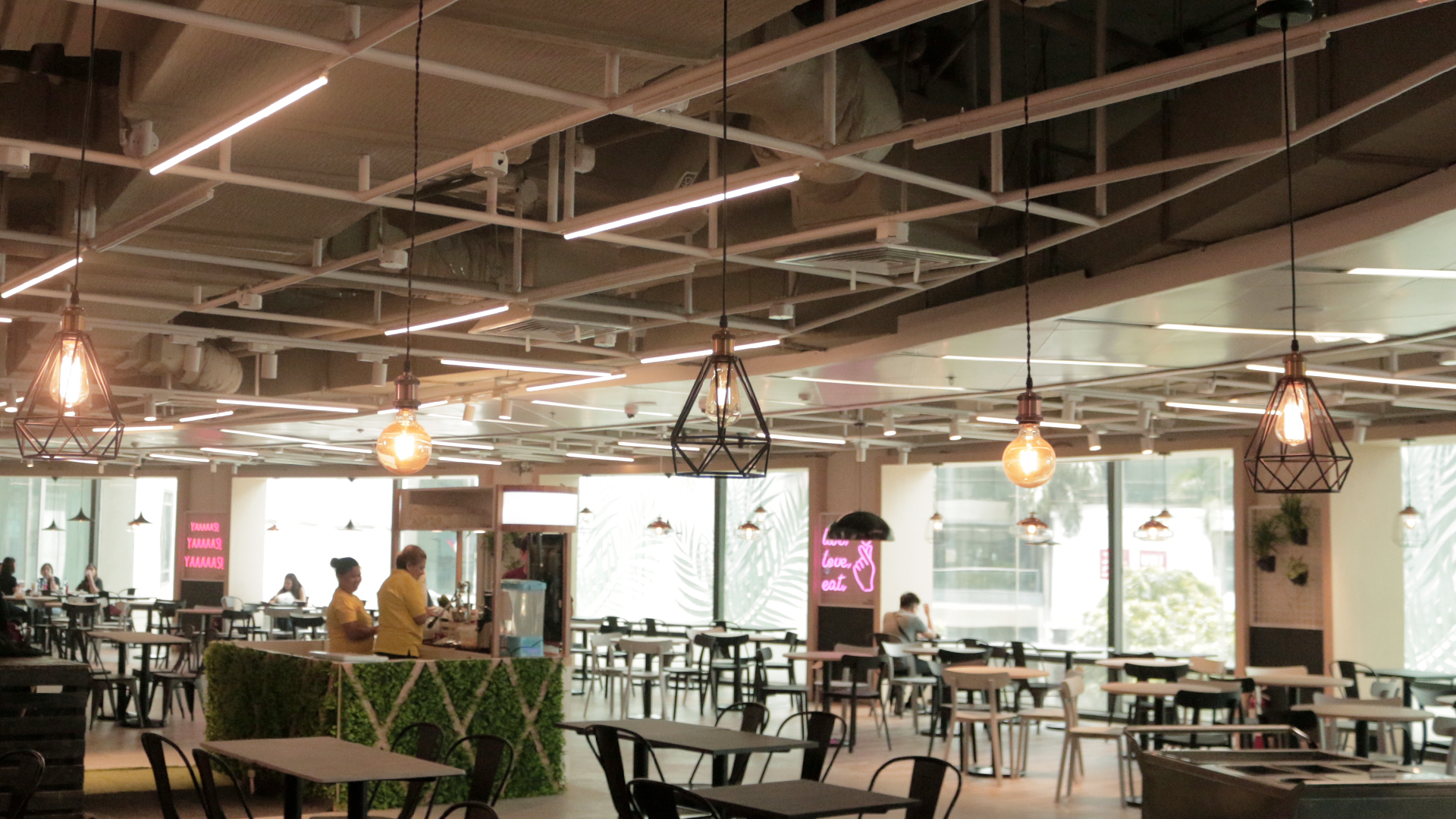From operating in indoor markets to huge department stores and shopping malls, food courts have become an essential dining format. The idea of a community picnic, which relies on and reinforces the diversity of food preferences and eating habits is what gave rise to the food courts that we know today, and we only need to consider the prevalence of food courts to realize that there’s always going to be a demand for concepts replete with options.
With the success of food courts, other establishments are starting to adopt the same format. For instance, schools and even airports have followed a food court style approach to diversifying their food selections by taking in international franchises and other dining concepts. Amid this surge in the number of food courts (or food court-style dining establishments), naturally the people involved in this business have to address the question of competition. Rebranding is one good response. Here’s how Glorietta’s Food Choices is responding to increased competition through a relaunch.
A broader merchant mix
A first across all Ayala Malls, the people behind Food Choices decided to make some changes in the classic food court format and so they relaunched with a broader merchant mix. Jara Lucero, Glorietta’s marketing manager, says that 65 percent of the food court’s concepts are new while 35 percent of the classic options remain. The 30 merchants of Food Choices aim to elevate the usual food court experience. Options range from quick bites like that of Kraken Takoyaki’s to full meals such as Peppy Olive and Farmery. Even a wine bar is bound to be set up soon.
Addressing the needs and the wants of the market in a particular place is key to a successful food court. And so in choosing which concepts to retain and add to Food Choices’ new lineup, the preferences of various groups of people (employees, students, and families) were taken into account.

A design revamp was also key to the food court’s relaunch: Spaciousness was a priority so as to ensure that customers could roam freely while going through options. Other design changes include a wood-themed aesthetic along with neon lit signage to create an ambiance that isn’t typically found in other food courts.
Lucero describes the relaunch as a facelift, changing not only a few things but enforcing total transformation in the food court’s interiors and food options. Food courts aren’t generally designed as a place to unwind given its usual cramped place and limited food offerings. But Food Choices’ new concept will be able to provide just that while ensuring that the consumers’ food preferences are covered.

“There was no disconnect [when it came to] communicating to the younger market because we incorporated what’s hip and young (such as setting up instagram-worthy spots) into the food court,” says Lucero.
This is just one example of a food court changing in order to meet the demands of the modern diner (and edge out competition in the process), and as Food Choices has shown, it helps to incorporate trends while maintaining classic features in order to cater to an increasingly diverse and discerning market.
However food courts choose to adapt to these changes is mostly up to its proprietors—what’s certain though is that as they do so, diners will find themselves spoilt for choice.
Subscribe to our weekly newsletter to receive all the tools and solutions entrepreneurs need to stay updated on the latest news in the industry






